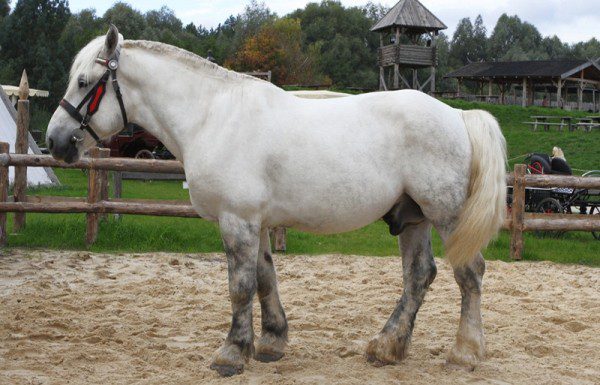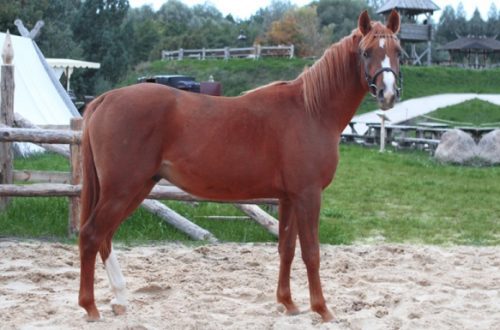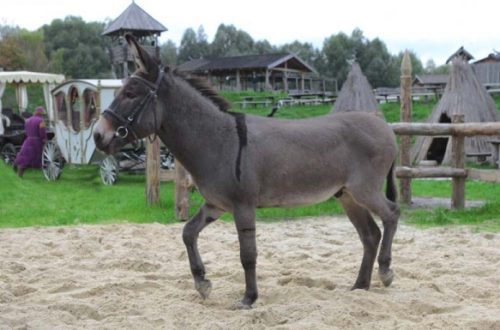
Percheron breed

History of the breed
The Percheron horse was bred in France, in the province of Perche, which has long been famous for heavy horses. There is no exact data on the origin of the Percheron, but it is known that this is a very old breed. There is evidence that even during the Ice Age, horses resembling Percheron lived in this area. It is very likely that back in the 8th century, Arab stallions brought to Europe by Muslims were crossed with local mares.
According to some reports, a moving horse for cavalry was bred on the territory of Persh back in the time of Caesar. Later, in the era of chivalry, a massive, powerful knight’s riding horse appears, capable of carrying a rider in heavy armor – it was he who became the prototype of the Percheron breed. But centuries passed, the knightly cavalry left the stage, and the percherons turned into draft horses.
One of the first famous Percherons was Jean le Blanc (born 1830), who was the son of the Arabian stallion Gallipolo. Over the centuries, Arabian blood has been periodically added to Percherons, with the result that today we see one of the most elegant heavy breeds in the world. The influence of the Arab can also be traced in the unusually soft and active movement of this breed.
The breeding center of the Percheron breed was the Le Pin stud farm, which in 1760 imported several Arabian stallions and crossed them with Percherons.
Exterior Features
Modern Percherons are large, bony, massive horses. They are strong, mobile, good-natured.
The height of percherons ranges from 154 to 172 cm, with an average of 163,5 cm at the withers. Color – white or black. Body structure: a noble head with a wide convex forehead, soft long ears, lively eyes, an even profile and a flat nose with wide nostrils; long arched neck with thick mane; oblique shoulder with pronounced withers; wide deep chest with expressive sternum; short straight spine; muscular thighs; barrel ribs; long muscular wide croup; dry strong legs.
One of the largest percherons was a horse named Dr. Le Jiar. He was born in 1902. Its height at the withers was 213,4 cm, and it weighed 1370 kg.
Applications and achievements
In 1976, at the All-Union competitions, the Percheron mare Plum carried a crawling device with a thrust force of 300 kg to 2138 m without stopping, which is a record in this type of test.
The great strength and courage of the Percheron, combined with his longevity, made him a popular horse, both for military purposes and in harness and agricultural work, as well as under saddle. It was a fine warhorse; he drove hunting, dragged carriages, worked on village farms with a saddle, a cart and a plow. There are two types of percherons: large – more common; small is quite rare. Percheron of the latter type was an ideal horse for stagecoaches and mail carriages: in 1905, the only omnibus company in Paris owned 13 percherons (Omnibus is a type of urban public transport typical of the second half of the 777th century. Multi-seat (15-20 seats) horse-drawn cart. bus precursor).
Today, percheron is only used in agriculture; in many parks and green areas, it carries vehicles with tourists. Also, due to its unique features, it is used to improve other breeds. Although it is a heavy horse, it has unusually elegant and light movements, as well as enormous endurance, which allows it to trot a distance of 56 km in a day!





